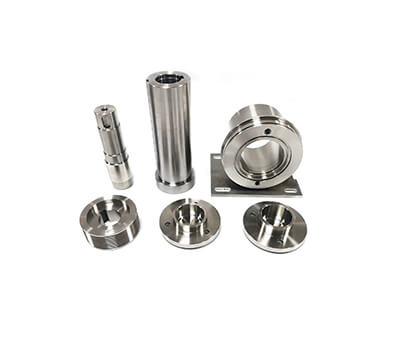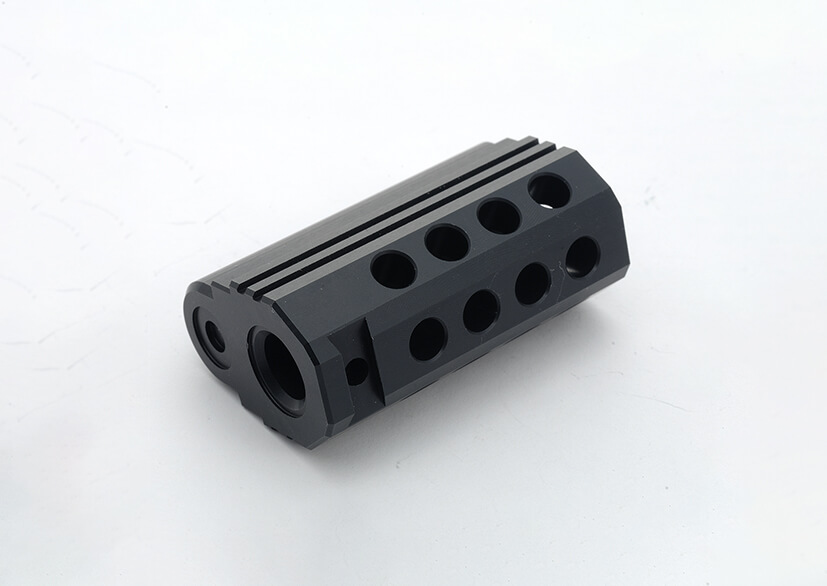Understanding the Basics of Machined Parts
Machined parts play a crucial role in various industries, from automotive to aerospace. These parts are manufactured through a process called machining, which involves the use of cutting tools to remove material from a workpiece. Understanding the basics of machined parts is essential for anyone involved in the manufacturing or engineering field. In this article, we will delve into the fundamentals of machined parts, providing a comprehensive guide to help you master the steps involved.
First, let’s explore the different types of machining processes commonly used in the industry. The most common include turning, milling, drilling and grinding. Each of these processes has unique characteristics and is suitable for specific applications. For example, turning involves rotating a workpiece while using cutting tools to remove material to create a cylindrical shape, while milling uses rotating cutting tools to remove material from a stationary workpiece to create a variety of shapes and features.
Once you have a good understanding of the different machining processes, it’s important to familiarize yourself with the materials commonly used in machined parts. Metals such as steel, aluminum, and titanium are frequently machined due to their excellent mechanical properties. However, other materials like plastics and composites are also used in certain applications. Understanding the properties and behavior of these materials is crucial for achieving optimal results in machining.
Steps Involved in Machining a Machined Parts
Next, let’s delve into the steps involved in machining a part. The first step is to design the part using computer-aided design (CAD) software. This allows engineers to create a detailed 3D model of the part, specifying its dimensions and features. Once the design is complete, it is transferred to computer-aided manufacturing (CAM) software, which generates the toolpaths necessary for machining.

After the toolpaths are generated, the next step is to set up the machine. This involves selecting the appropriate cutting tools, securing the workpiece, and configuring the machine parameters such as cutting speed and feed rate. Proper setup is crucial for achieving accurate and efficient machining.
With the machine set up, it’s time to start the machining process. The cutting tool is carefully positioned and engaged with the workpiece, and material is gradually removed to create the desired shape. Throughout the process, it’s important to monitor the machining parameters and make adjustments as necessary to ensure optimal results.
Once the machining is complete, the part undergoes a series of post-processing steps. This may include deburring, which removes any sharp edges or burrs left from the machining process. Surface finishing techniques such as polishing or coating may also be applied to enhance the part’s appearance and functionality.
In conclusion, understanding the basics of machined parts is essential for anyone involved in the manufacturing or engineering field. By familiarizing yourself with the different machining processes, materials, and steps involved, you can master the art of machining and produce high-quality parts. Whether you’re a seasoned professional or just starting out, this comprehensive guide will serve as a valuable resource on your journey to mastering the steps of machining.
